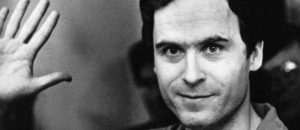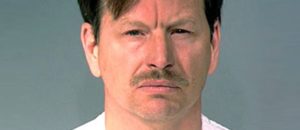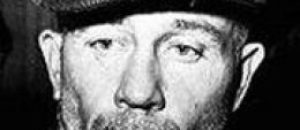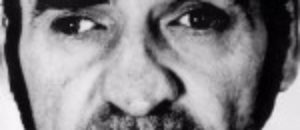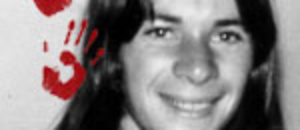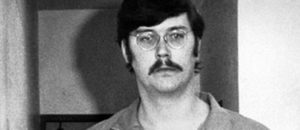Baruch Goldstein – Hebron
Baruch Goldstein was an American-born Israeli settler and physician who carried out the Cave of the Patriarchs massacre in Hebron on February 25, 1994. He is known for killing scores of Palestinian worshippers inside the Ibrahimi Mosque complex during a morning prayer service.
Key Facts
- Twenty-nine Palestinian worshippers were killed and more than one hundred people were wounded in the attack.
- The massacre occurred on February 25, 1994, at the Cave of the Patriarchs (Ibrahimi Mosque) in Hebron.
- Goldstein was killed at the scene by members of the crowd after he ceased firing.
- He was affiliated with militant, Kahanist circles and other far‑right Jewish extremist groups.
- During the attack he used a Galil assault rifle and was wearing an Israeli military uniform.
- The victims were Palestinian Muslims gathered for morning prayers inside the mosque complex.
- Goldstein was born in the United States, trained as a physician, and had emigrated to Israel to live in a West Bank settlement.
- He had served as a doctor in the Israeli Defense Forces prior to the attack.
- The massacre provoked widespread condemnation internationally and intensified tensions in the Israeli–Palestinian conflict.
Crimes and Victims
On the morning of February 25, 1994, Goldstein entered the Ibrahimi Mosque/Cave of the Patriarchs during a large congregational prayer and opened fire on worshippers. He fired from a fixed position inside the complex, causing multiple fatalities and many injuries before the attack stopped.
According to witness accounts and medical reports, twenty‑nine people died as a direct result of the shooting and over one hundred were wounded, some critically. The attack targeted civilians gathered for prayer in a site sacred to multiple faith communities, and its immediate human toll was substantial.
Capture and Trial
Goldstein was not taken into custody; after he stopped shooting he was attacked by survivors and bystanders and died at the scene from blows sustained during that confrontation. Because he was killed immediately after the attack, there was no criminal trial or formal judicial proceeding against him.
Israeli authorities investigated the incident and public officials issued condemnations, but the absence of a trial meant no judicial record of prosecution. The legal and administrative responses instead focused on security measures, public order, and the activities of associated extremist groups.
Psychology and Motives
Observers and scholars have linked Goldstein’s actions to extremist ideology associated with Kahanist thought and militant settlement activism; he had longstanding hostility toward Arabs and had reportedly spoken of revenge following the assassination of Rabbi Meir Kahane. His act has been described in scholarly and journalistic accounts as politically and religiously motivated violence rather than a spontaneous criminal outburst.
In the aftermath, interpretations of his motives were contested: a minority of extremists treated him as a martyr while mainstream Israeli and international voices condemned the attack as terrorism. Analysts have used the case to examine how radicalization, group identity, and ideology can lead to targeted mass violence.
Background / Early Life
Born in the United States, Goldstein trained and worked as a physician before immigrating to Israel and settling in a West Bank community near Hebron. He served in the Israeli Defense Forces in a medical capacity and later lived as a resident of the settlement environment, where he became involved with far‑right political and religious circles.
Over time he developed close ties to followers of Rabbi Meir Kahane and to groups that promoted harsh policies toward Palestinians. Accounts from acquaintances and media reports described a process of increasing radicalization and outspoken hostility toward Arabs prior to the massacre.
Legacy and Media Coverage
The massacre drew intense international media attention and became a defining incident in discussions of settler violence, religiously framed political extremism, and the Israeli–Palestinian conflict. Coverage highlighted both the immediate human tragedy and broader questions about security, radicalization, and state responses to extremist movements.
Goldstein’s actions continue to be referenced in academic, legal, and journalistic debates about terrorism, accountability, and memory in the region; they also remain a source of contention, as a small number of extremists later venerated him while societies and governments largely condemned the attack. The event has had lasting effects on policy discussions and communal relations in Hebron and beyond.




